Home>Storage Ideas>Bedroom Storage>How To Keep White Sheets White
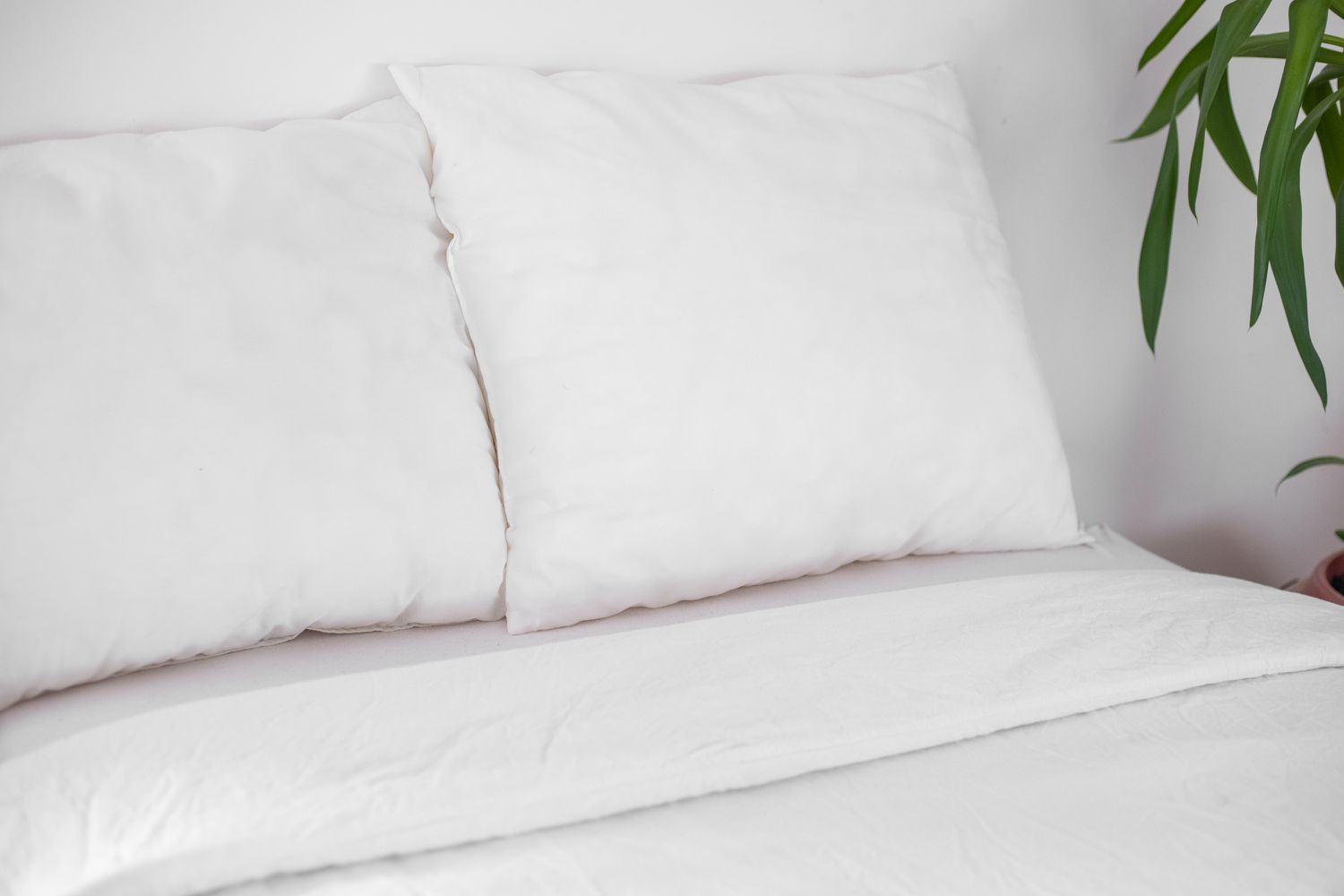

Bedroom Storage
How To Keep White Sheets White
Modified: February 24, 2024
Learn the top tips for maintaining white sheets in your bedroom. Discover genius storage solutions to keep your bedroom clutter-free and your sheets bright and white.
(Many of the links in this article redirect to a specific reviewed product. Your purchase of these products through affiliate links helps to generate commission for Storables.com, at no extra cost. Learn more)
Introduction
Welcome to the world of white sheets! There’s something undeniably luxurious and calming about slipping into a clean and crisp bed adorned with pristine white sheets. However, keeping those sheets bright and white can be quite a challenge. From everyday wear and tear to stains and discoloration, your white sheets can easily lose their luster over time.
But worry not! In this article, we will guide you through the process of maintaining the brilliance of your white sheets. We will share some expert tips and tricks to help you keep your sheets looking fresh and immaculate, ensuring a peaceful and inviting bedroom sanctuary. So, let’s dive in and discover the secrets to keeping your white sheets white!
Key Takeaways:
- Choose high-quality, natural fiber sheets with a thread count of 300-400 for easier maintenance and longer-lasting brilliance. Look for “whitening” or “stain-resistant” labels to save time and effort in the long run.
- Prepping, sorting, and washing your white sheets with the right detergent and care can ensure effective cleaning and maintain their pristine appearance. Use bleach or whitening agents sparingly and with caution, and follow proper drying and storage methods to prolong their life and freshness.
Read more: How To Keep Sheets On An Adjustable Bed
Choosing the Right Sheets
When it comes to keeping your white sheets looking their best, it’s essential to start with the right materials. Opting for high-quality sheets made from natural fibers, such as Egyptian cotton or linen, can make a significant difference in maintaining their white appearance. These materials are not only durable but also resistant to yellowing and staining.
Thread count is another factor to consider. While a higher thread count is often associated with better quality, it’s important to strike a balance. Sheets with a thread count of around 300 to 400 are generally soft, long-lasting, and easier to launder. Higher thread counts can be more prone to pilling and may require more delicate care.
Additionally, look for sheets labeled as “whitening” or “stain-resistant.” These sheets are specially treated to resist stains and keep their bright white color for longer periods. Investing in these types of sheets can save you time and effort in the long run.
Lastly, consider the weave of the sheets. Percale and sateen weaves are popular choices for white sheets. Percale has a crisp and lightweight feel, while sateen has a smooth and luxurious finish. Both options are breathable and comfortable, so choose based on your personal preference.
By selecting the right sheets from the start, you’re setting the foundation for easier maintenance and longer-lasting brilliance.
Prepping Your Sheets for Washing
Before tossing your white sheets into the washing machine, it’s important to properly prepare them for the cleaning process. Taking a few simple steps can help prevent stains from setting and ensure a more effective wash:
- Check for stains: Before washing, inspect your sheets for any visible stains. Treat these spots with a stain remover or a mixture of hydrogen peroxide and water. Allow the solution to sit for a few minutes before proceeding to the next step.
- Pre-soak if necessary: If your sheets are heavily soiled or stained, consider giving them a pre-soak. Fill a basin or your washing machine with cold water and add a gentle laundry detergent. Submerge the sheets and let them soak for 30 minutes to an hour. This will help loosen any dirt or stains before the actual wash.
- Remove any pillowcases or duvet covers: Take off any additional bedding items, such as pillowcases or duvet covers, and wash them separately. This will allow for a more thorough cleaning and prevent tangling of the sheets during the wash cycle.
- Secure any ties or buttons: If your sheets have ties, buttons, or other fasteners, make sure to secure them. This will prevent them from getting tangled or accidentally damaging other items in the wash.
By prepping your sheets before washing, you’re ensuring a more effective cleaning process and reducing the risk of stains setting into the fabric.
Sorting and Separating
Properly sorting and separating your white sheets before washing is crucial for maintaining their pristine appearance. Here are some key steps to follow:
- Sort by fabric type: Separate your white sheets based on the fabric type. This is important because different fabrics require different washing techniques. For example, cotton sheets can withstand regular machine washing, while more delicate fabrics like linen may require a gentler cycle.
- Separate by color shades: If you have multiple sets of white sheets, it’s a good idea to separate them based on color shades. This will prevent any color transfer between sheets and help preserve their bright white appearance.
- Consider washing in small loads: To ensure thorough cleaning, it’s best to wash your white sheets in smaller loads. Overcrowding the machine can prevent proper agitation and hinder the effectiveness of the detergent.
- Separate heavily soiled sheets: If you have any heavily soiled or stained sheets, it’s advisable to wash them separately. This will prevent the dirt or stains from transferring onto other sheets and ensure a more thorough cleaning.
By taking the time to sort and separate your white sheets, you’re minimizing the risk of damage and increasing the chances of maintaining their pristine white appearance.
Selecting the Right Detergent
Choosing the right detergent is essential to keep your white sheets looking bright and fresh. Here are some tips for selecting the right detergent:
- Opt for a gentle detergent: Look for a gentle laundry detergent that is specifically formulated for whites. Avoid using harsh detergents or those with bleach alternatives, as they can cause discoloration or yellowing over time.
- Consider an oxygen-based bleach: For optimal whitening power, consider using an oxygen-based bleach. This type of bleach is milder than chlorine bleach and can help remove tough stains without damaging the fabric.
- Avoid fabric softeners and dryer sheets: While fabric softeners and dryer sheets may make your sheets feel softer, they can leave behind a residue that can diminish their brightness. If you prefer a softer feel, consider using wool dryer balls or adding a splash of white vinegar during the rinse cycle instead.
- Use the right amount: It’s important to use the appropriate amount of detergent based on the load size and water hardness. Using too little detergent may result in ineffective cleaning, while using too much can leave behind residue. Follow the instructions on the detergent bottle for guidance.
Remember, using the right detergent and avoiding additives that can impact the whiteness of your sheets will help keep them bright and beautiful for years to come.
Read more: How To Keep A Fitted Sheet On Bed
Washing White Sheets
When it comes to washing your white sheets, following the proper washing techniques can make all the difference in maintaining their pristine appearance. Here’s how to wash your white sheets effectively:
- Read the care label: Before washing your white sheets, always refer to the care label for specific instructions. Some sheets may have special washing requirements that you need to follow.
- Choose the right water temperature: For regular cotton or linen sheets, it’s generally safe to wash them in warm water. However, if your sheets are delicate or have specific care instructions, opt for a cooler water temperature to prevent any damage or shrinkage.
- Select an appropriate wash cycle: Use a gentle or delicate cycle for your white sheets to prevent excess agitation and potential damage. Avoid using heavy-duty cycles or those with high spin speeds as they can cause wear and tear.
- Add the right amount of detergent: Measure the appropriate amount of gentle detergent for your load size and water hardness. Avoid using too much detergent as it can leave behind residue and affect the brightness of your sheets.
- Consider an extra rinse cycle: To ensure all detergent and residue are thoroughly rinsed out, consider adding an extra rinse cycle. This will help prevent any buildup and keep your white sheets looking their best.
Remember to never overload the washing machine with too many sheets as it can prevent proper cleaning. Instead, wash your sheets in smaller loads to allow for optimal washing.
By following these steps, you’ll ensure that your white sheets are getting the care and attention they need during the washing process, resulting in clean and bright bedding.
Wash white sheets separately to prevent color transfer from other items. Use a laundry detergent with whitening agents and avoid using bleach too frequently to maintain the fabric’s quality.
Using Bleach or Whitening Agents
If your white sheets have stubborn stains or have started to develop a yellowish hue, using bleach or whitening agents can help restore their brightness. However, it’s crucial to proceed with caution to prevent damage to the fabric. Here are some tips for using bleach or whitening agents:
- Check the care label: Before using bleach or any whitening agent, read the care label on your sheets. Some fabrics may not be bleach-safe or may require specific instructions for whitening.
- Choose the right type of bleach: If your sheets are bleach-safe, opt for oxygen-based bleach rather than chlorine bleach. Oxygen bleach is gentler on fabrics and less likely to cause yellowing or damage.
- Spot treat stains: Before washing your entire sheet with bleach, consider spot treating stubborn stains. Apply a small amount of bleach directly to the stain and let it sit for a few minutes. Then, launder the sheet as usual.
- Dilute the bleach: If you’re using bleach for an entire load of white sheets, dilute it with water according to the instructions on the bleach bottle. This will help prevent excessive bleaching and fabric damage.
- Follow the recommended dosage: Use the recommended amount of bleach or whitening agent based on your load size and water hardness. Using too much can lead to overbleaching and weaken the fabric.
- Consider alternative whitening agents: If you prefer to avoid bleach, there are alternative whitening agents available in the market. Products like oxygen-based laundry boosters or whitening agents can be effective in brightening your white sheets.
Always remember to use bleach or whitening agents in moderation and follow the instructions provided. Overuse or incorrect application can lead to fabric damage and discoloration. It’s also a good idea to periodically assess your sheets’ condition to determine whether or not they require whitening treatments.
Drying and Folding
The way you dry and fold your white sheets can significantly impact their appearance and longevity. Here are some tips to ensure optimal drying and folding:
- Read the care label: Before drying your white sheets, refer to the care label for specific instructions regarding drying methods. Some fabrics may require air-drying or low-heat settings to prevent shrinkage or damage.
- Shake out wrinkles: After removing your sheets from the washing machine, give them a good shake to remove any wrinkles. This will make the drying process more effective and reduce the need for excessive ironing.
- Choose the right drying method: If using a clothes dryer, set it to a low or medium heat setting to prevent overheating and shrinking. Alternatively, consider air-drying your white sheets on a clothesline or drying rack. This method is gentler on the fabric and can help preserve their whiteness.
- Separate bedding items: While drying, separate your white sheets from other laundry items, such as towels or clothing. This will prevent lint transfer and preserve the pristine appearance of your sheets.
- Flip and rotate: If using a clothes dryer, periodically flip and rotate your sheets during the drying process. This will aid in even drying and minimize the risk of wrinkling.
- Fold or store immediately: Once your white sheets are dry, fold or store them promptly to avoid wrinkles. If you prefer a crisp and polished look, consider ironing or pressing them before folding.
By following these drying and folding tips, you’ll ensure that your white sheets come out looking fresh, wrinkle-free, and ready to use.
Storing White Sheets
Properly storing your white sheets when they’re not in use is crucial for maintaining their freshness and preventing any damage. Here’s how to effectively store your white sheets:
- Ensure cleanliness: Before storing your white sheets, make sure they are clean and completely dry. Any residual moisture or stains can lead to mildew or discoloration over time. If necessary, give them another wash or spot treat any stains.
- Use dust-free storage: Avoid storing your white sheets in areas prone to dust or dirt accumulation. Opt for a clean and dry storage space, such as a linen closet or airtight containers, to help keep them fresh and protected.
- Avoid exposure to sunlight: Prolonged exposure to direct sunlight can cause yellowing and fading of white fabrics. Store your white sheets away from windows or use opaque storage containers to shield them from sunlight.
- Consider sachets or fragrance-free options: To keep your white sheets smelling fresh, you can include fragrance-free sachets or cedar chips in the storage space. Be careful not to use strongly scented products that may leave a lingering odor on the fabric.
- Label and rotate: If you have multiple sets of white sheets, labeling them with the size or date of purchase can help you rotate and use them evenly. This prevents certain sets from being unused for extended periods, which can lead to uneven wear and tear.
- Check periodically: Make it a habit to periodically check on your stored white sheets. Inspect them for any signs of discoloration, pests, or moisture. If you spot any issues, address them promptly to prevent further damage.
By following these storage tips, you’ll ensure that your white sheets remain in pristine condition until their next use, ready to provide you with comfort and serenity.
Read more: How To Keep White Rugs Clean
Additional Tips and Tricks
Keeping your white sheets looking bright and beautiful goes beyond the basics. Here are some additional tips and tricks to help you maintain their pristine appearance:
- Address stains promptly: Don’t let stains sit on your white sheets for too long. The longer they stay, the more difficult they can be to remove. It’s best to tackle stains as soon as they occur or as soon as you notice them.
- Consider natural stain removers: For mild stains, you can try using natural stain removers like lemon juice or baking soda before resorting to harsh chemicals. These gentle alternatives can often work wonders.
- Avoid contact with beauty products: Be mindful of using white sheets while wearing beauty products like lotions, creams, or self-tanning products. These can easily transfer onto the fabric and cause stains or discoloration.
- Rotate your bedding: To ensure equal usage and wear, consider rotating your bedding frequently. This includes not only your white sheets but also pillowcases, duvet covers, and other bedding items.
- Spot clean between washes: If you notice any small stains or spills on your white sheets between washes, spot clean them with a gentle detergent and a clean cloth. This can help prevent the need for frequent washing.
- Keep pets off the bed: As much as we love our furry friends, their presence on the bed can lead to dirt, pet hair, and potential accidents. Keep your white sheets pet-free to maintain their cleanliness and whiteness.
- Consider fabric protectors: Investing in fabric protectors, such as scotchguard or similar products, can provide an extra layer of protection for your white sheets. These treatments can help repel stains and spills.
- Refresh with baking soda: To remove odors or refresh your white sheets between washes, sprinkle them with baking soda, let it sit for a few hours, and then shake or vacuum it off.
- Inspect your mattress: Regularly inspect and clean your mattress to ensure it’s free from any dirt or stains that could transfer onto your white sheets.
By incorporating these additional tips and tricks into your white sheet maintenance routine, you’ll help prolong their life and ensure they remain bright, pristine, and inviting for a long time.
Conclusion
Keeping your white sheets white and beautiful doesn’t have to be a daunting task. By following a few simple steps and incorporating some expert tips and tricks, you can maintain the brilliance and freshness of your white sheets for years to come.
Start by choosing high-quality sheets made from natural fibers and with a thread count that suits your preferences. Prepping your sheets before washing, sorting and separating them properly, and selecting the right detergent are key to ensuring effective cleaning.
When it comes to washing, following the recommended washing techniques, including water temperature and cycle selection, is essential. Consider using bleach or whitening agents sparingly and with caution, always checking the care label and spot treating stains when necessary.
Drying your white sheets using the right method and promptly folding or storing them in a clean and dust-free environment will help maintain their pristine appearance. And by following additional tips like addressing stains promptly, avoiding contact with beauty products, and rotating your bedding, you’ll prolong the life and freshness of your white sheets.
Remember, the journey to keeping your white sheets white is a combination of proper care, attention to detail, and a little extra effort. The result is a bedroom sanctuary adorned with crisp and immaculate bedding, providing you with the ultimate comfort and tranquility.
So, go ahead, embrace the luxurious appeal of white sheets, and enjoy the blissful slumber they provide!
Frequently Asked Questions about How To Keep White Sheets White
Was this page helpful?
At Storables.com, we guarantee accurate and reliable information. Our content, validated by Expert Board Contributors, is crafted following stringent Editorial Policies. We're committed to providing you with well-researched, expert-backed insights for all your informational needs.
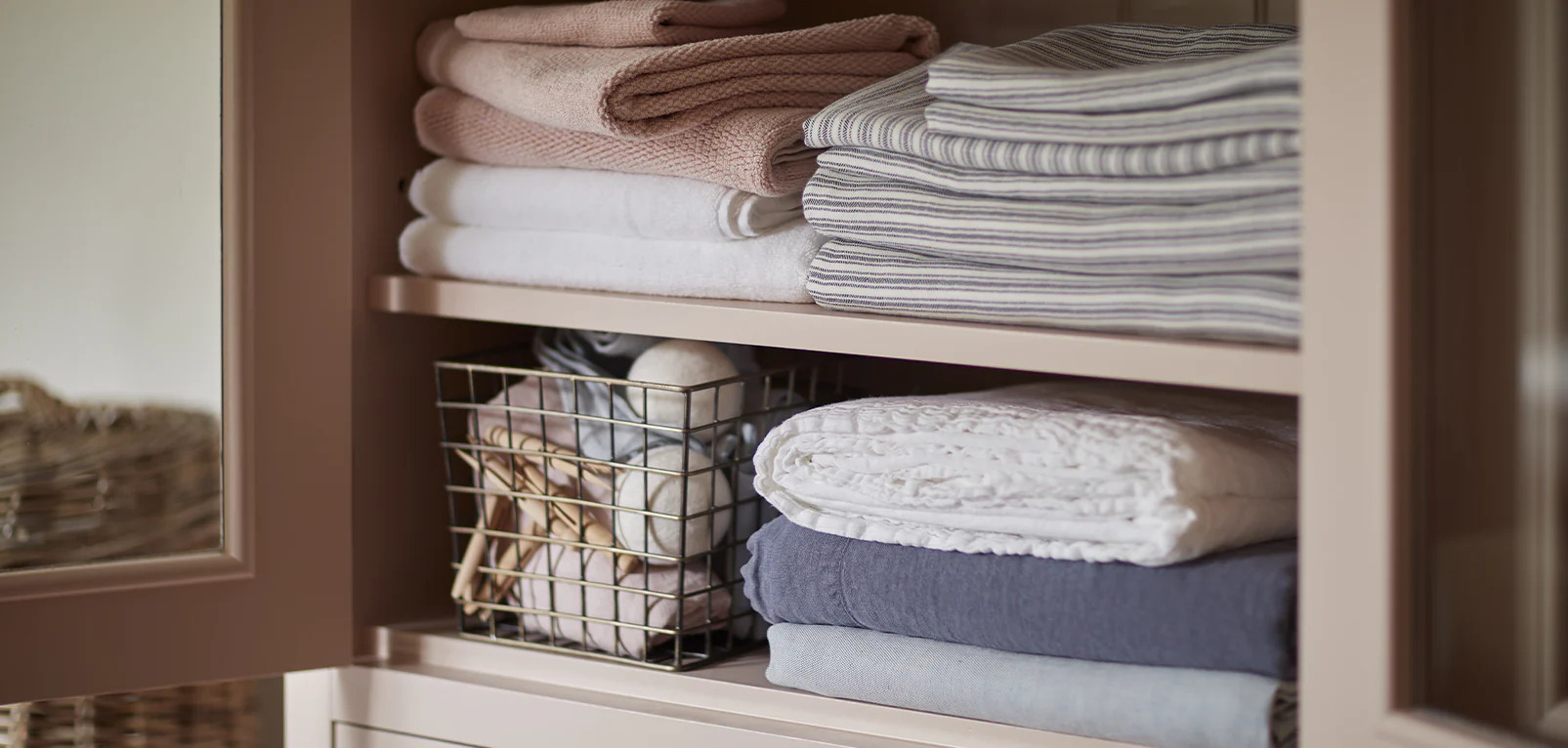
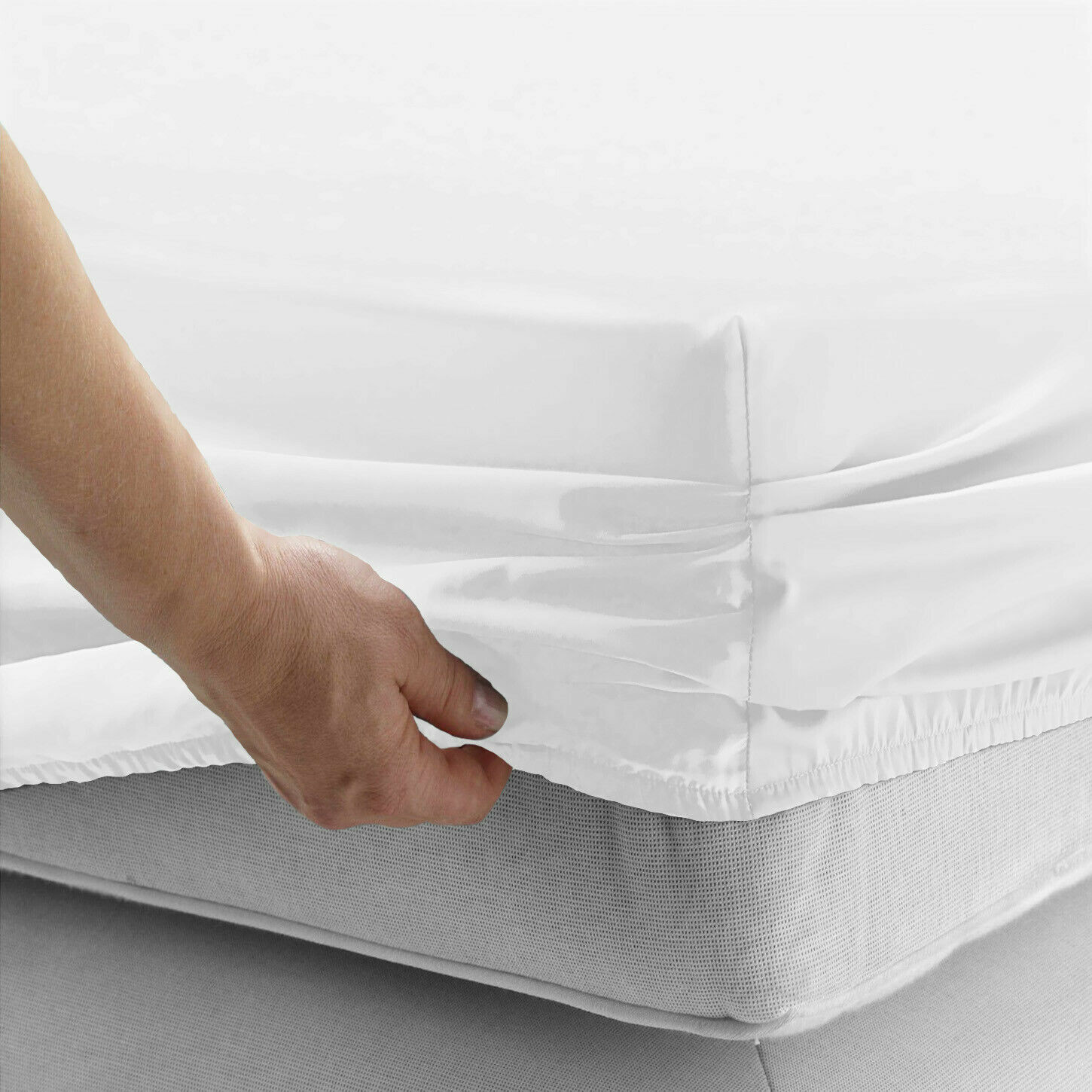

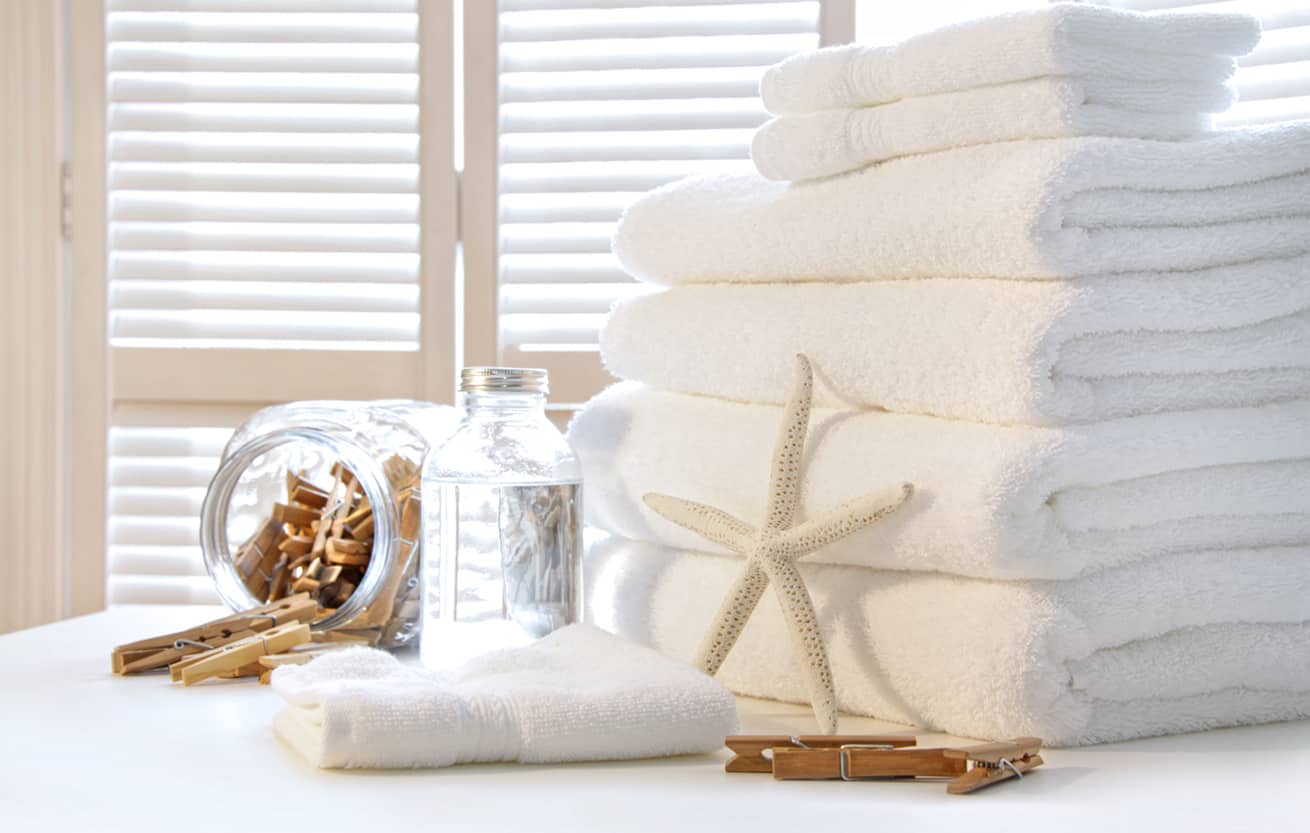

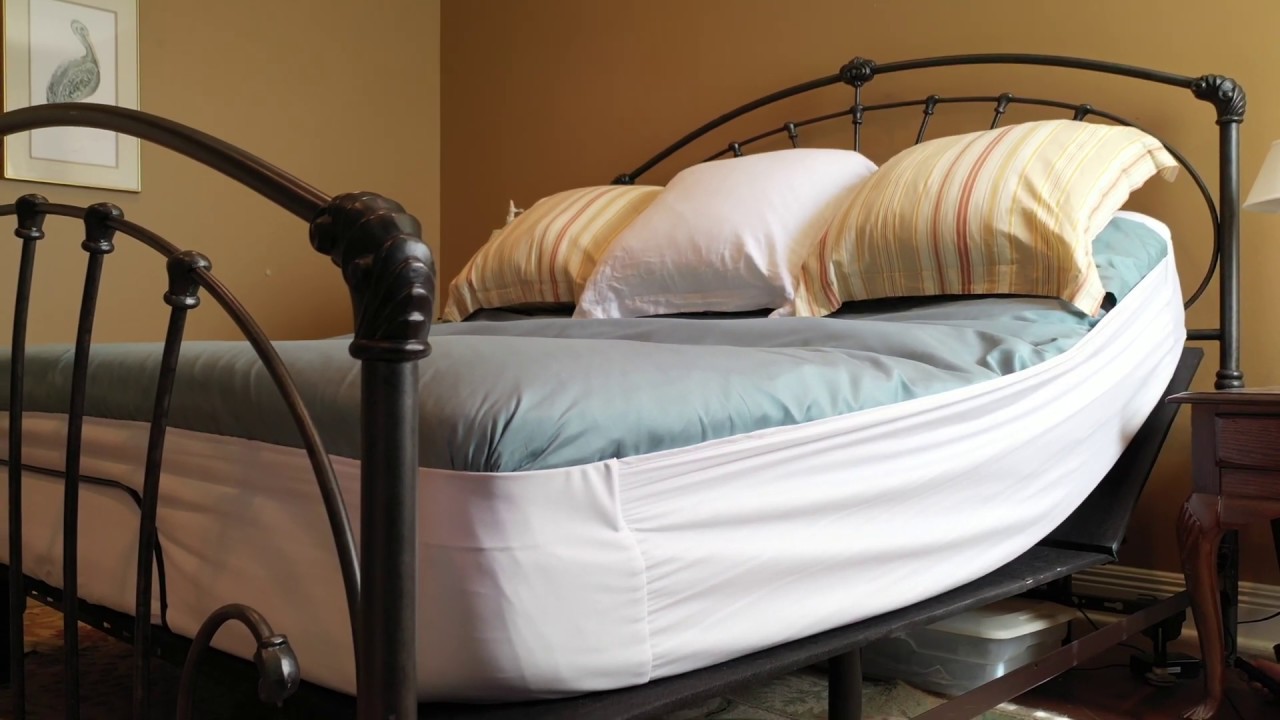
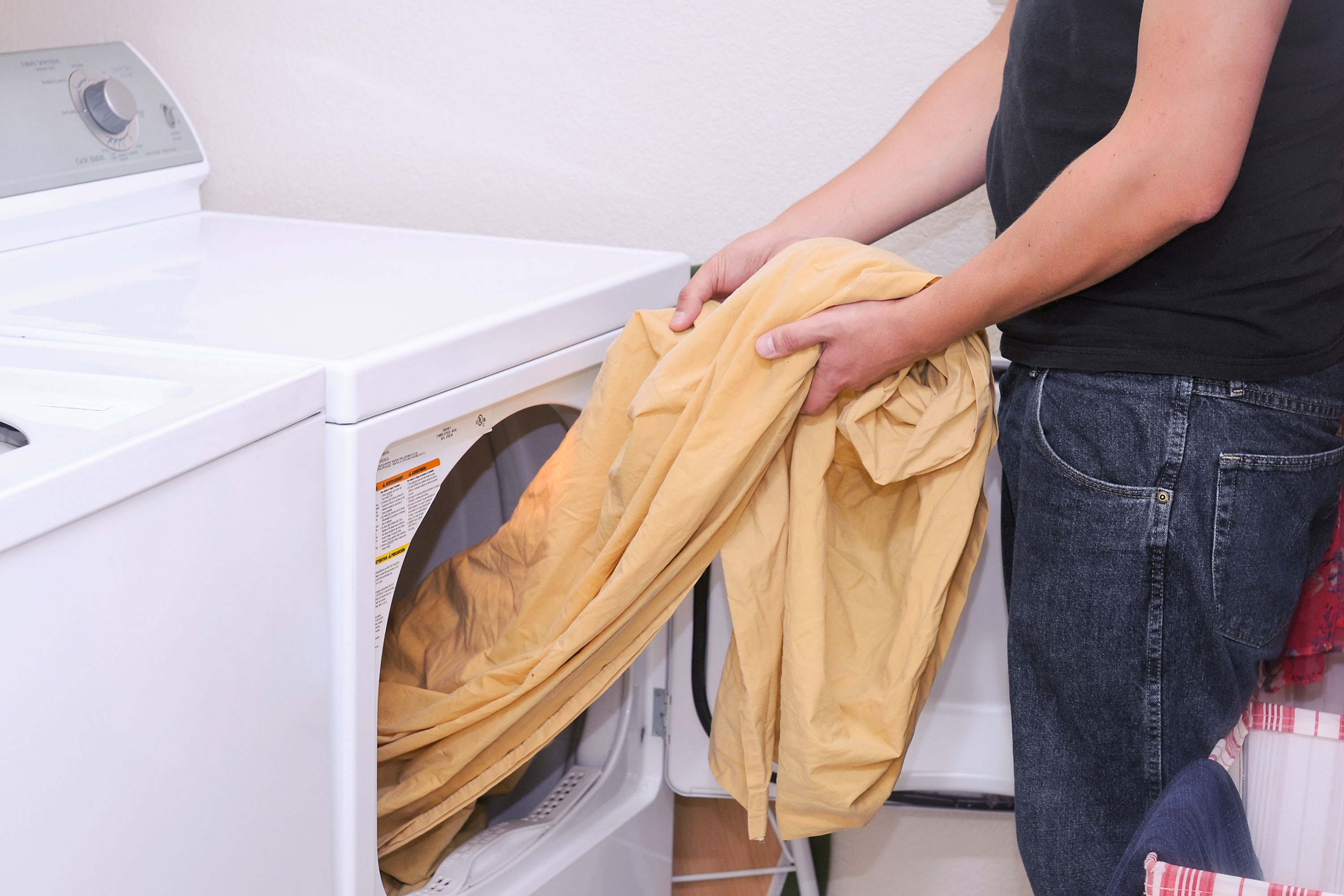
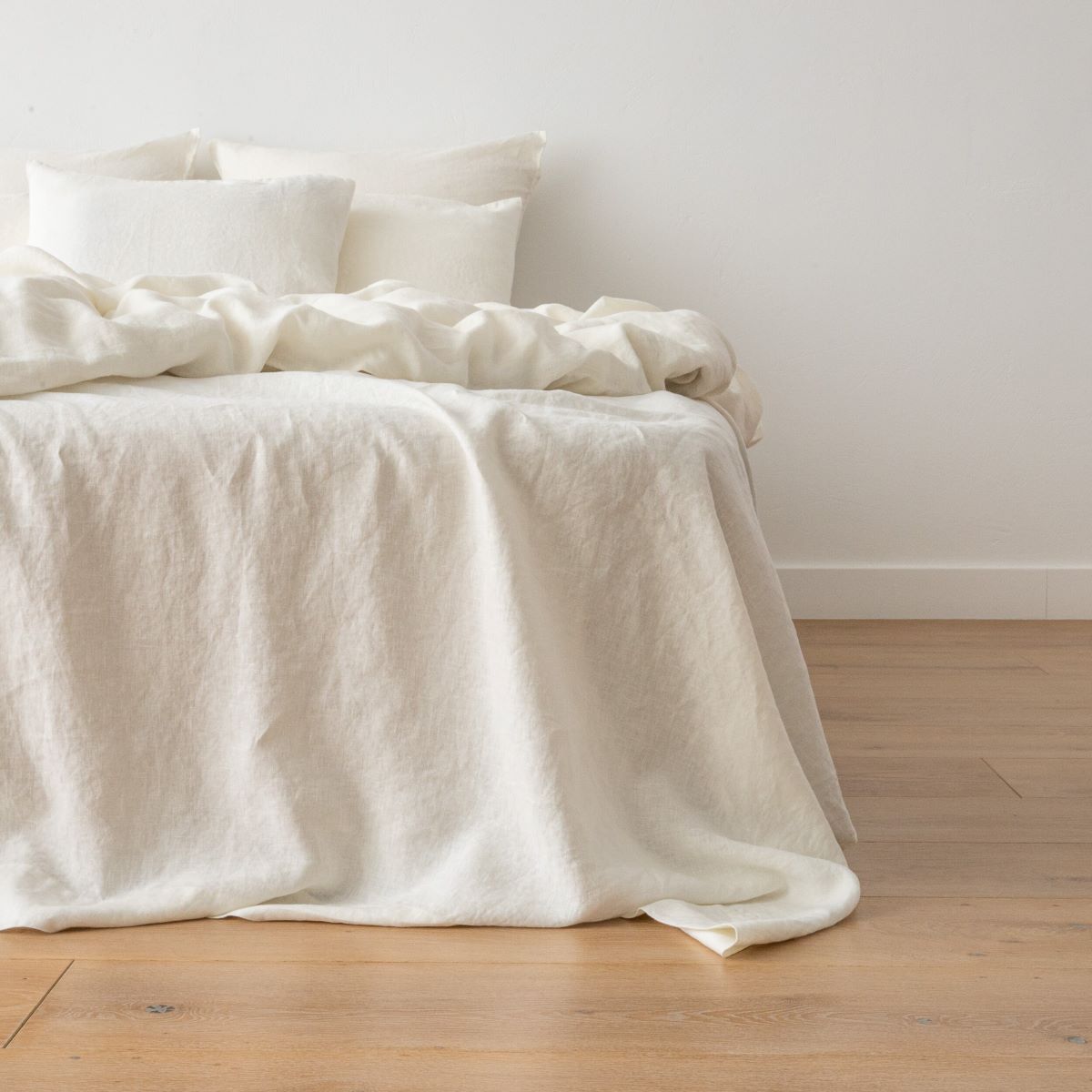
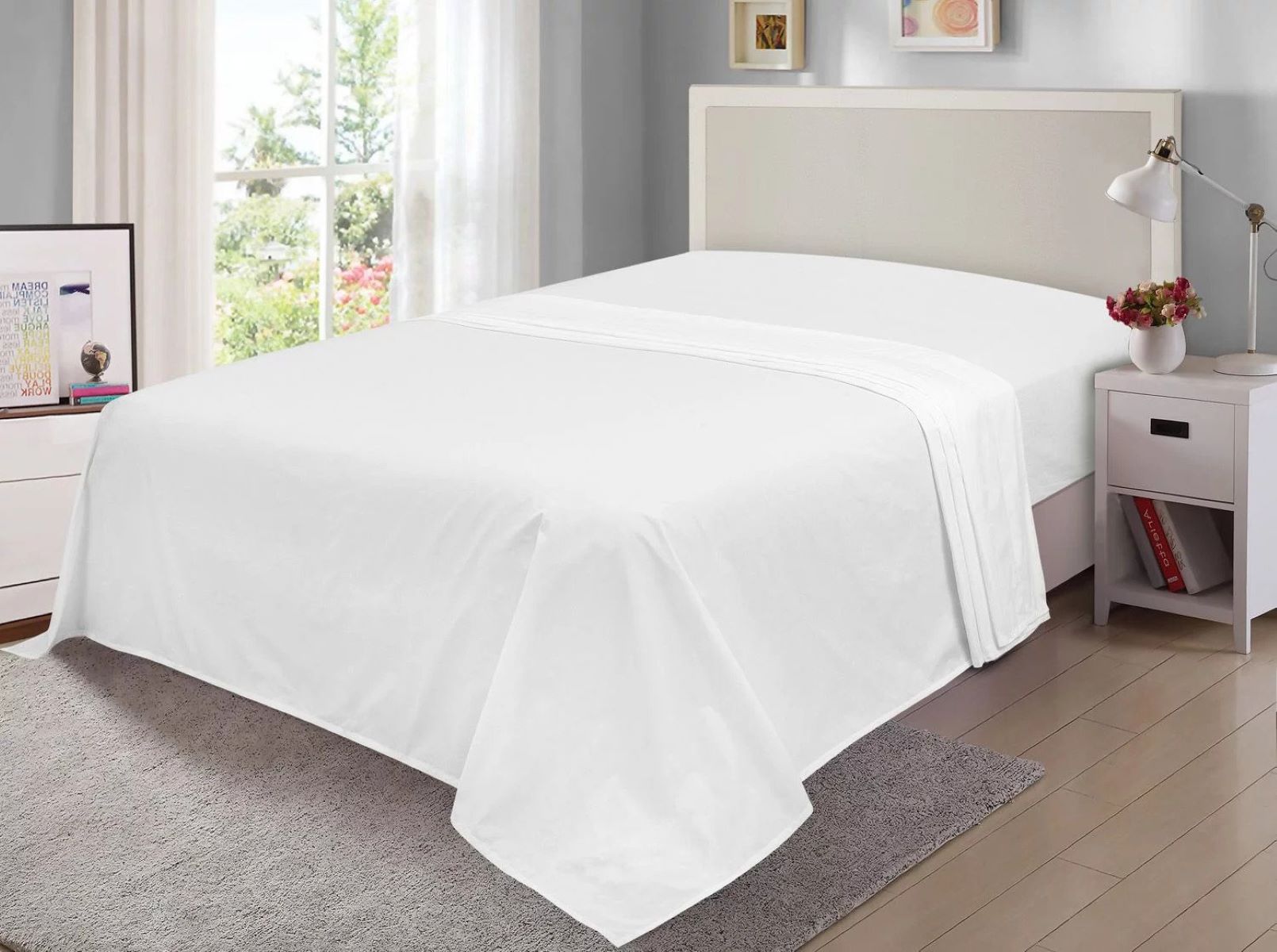





0 thoughts on “How To Keep White Sheets White”